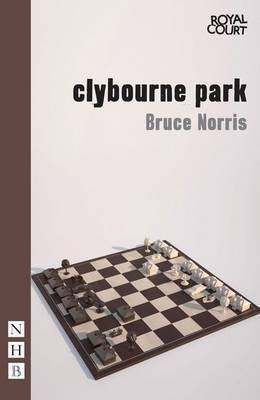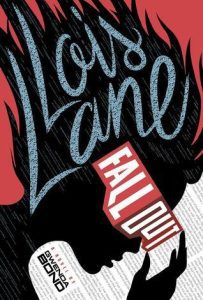Title: Clybourne Park
Author: Bruce Norris
First published August 1, 2010
115 pages, Paperback
ISBN: 9781848421325 (ISBN10: 184842132X)
Rating: 3.79
Overview
Clybourne Park is a riveting and thought-provoking play by Bruce Norris that explores the complexities of race relations in America. When a white couple decides to sell their home to a black family, tensions rise as deep-seated prejudices and hidden biases are uncovered.
Through cleverly structured scenes and powerful dialogue, Norris exposes the insidious nature of racism and challenges audiences to confront their own beliefs and assumptions. With a deft touch and incisive wit, Clybourne Park is a must-see play that will leave audiences questioning what it truly means to live in a society that claims to be post-racial.
Editoral Review
Clybourne Park is a play written by Bruce Norris, first published on August 1, 2010. The play is a Pulitzer Prize-winning satire, which explores the societal and racial tensions in the United States.
Norris uses a unique approach to connect the past with the present. The play is set in the same house in the same neighborhood in Chicago, fifty years apart.
The first act is set in 1959, as a white family prepares to move out and sell their house to a black family. The second act is set in 2009, as the roles are reversed, and a white family buys the same house in a predominantly black neighborhood.
The play deals with important and timely themes, such as racial inequality, gentrification, and the impact of past traumas on present-day situations. The characters are well-developed, and Norris skillfully portrays their motivations, fears, and prejudices.
The first act focuses on the white community’s resistance to the integration of the African American family into their neighborhood. The play highlights the subtle and not-so-subtle violence and racism inherent in this resistance.
In the second act, the tables are turned as the black community resists the gentrification of their neighborhood by white outsiders. The play underscores the contemporary consequences of past systemic injustices.
The strength of Norris’s writing lies in his ability to gracefully merge humor, wit, and satire while tackling serious issues. The play is thought-provoking, often inciting discomfort and discomfort – which Norris cleverly uses to drive home societal critiques.
One of the play’s limitations is the heavy use of profanity and insensitive language, which could be triggering or offensive to some readers. However, this harsh language and dialogue reflect the harsh realities of the characters’ lifestyles and emphasize the damage wrought by systemic racism.
Overall, Clybourne Park is a brilliantly crafted play that challenges its readers’ mindsets and perspectives on race and social issues. As such, it is highly recommended for readers interested in thought-provoking pieces.
It is especially relevant for readers looking for parallels between Chicago in the 1950s and contemporary American society, where issues of racial and class inequality continue to persist. Rating: 4.5 out of 5 stars.



